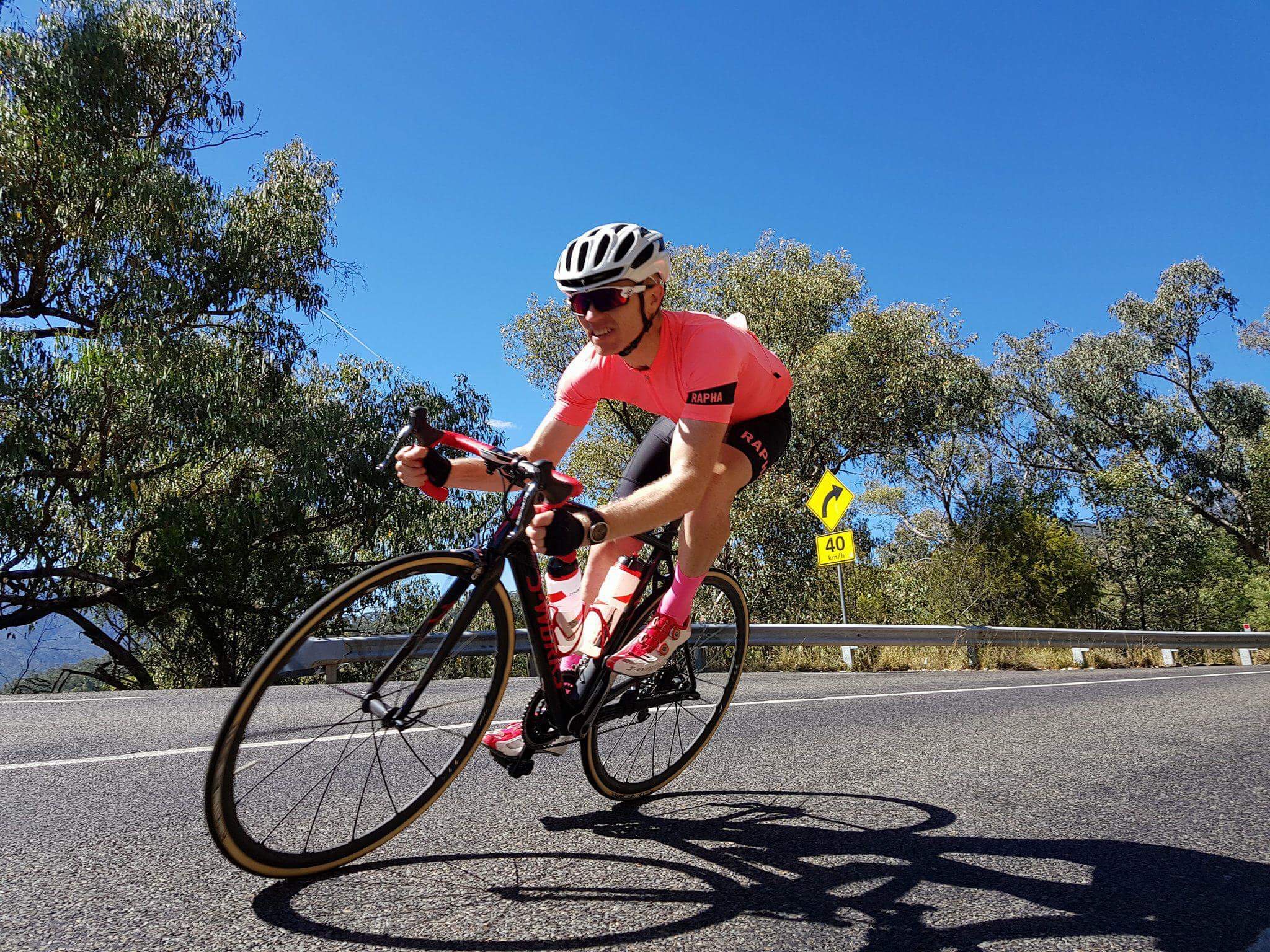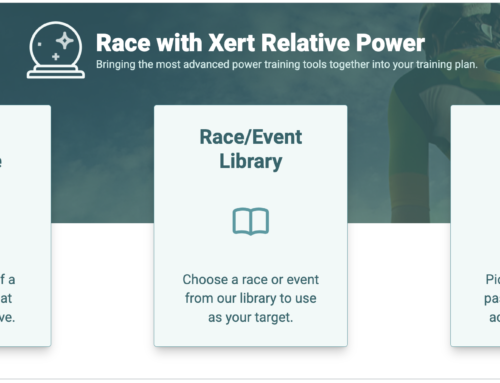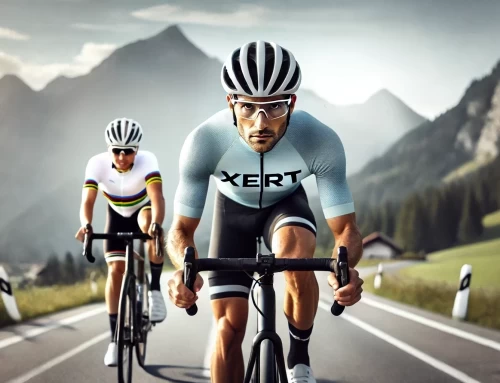Winning Comes in Many Forms
 After seeing Xert grow over the past 2.5 years from a few keen and forward-thinking users to now thousands of athletes from all across the globe, I’ve started to learn what they all share in common: they are simply looking to understand how to reach new levels they’ve never been able to reach before. You notice this in the Facebook Xert Users Group where athletes post charts of their rides and races, showing how hard they worked for breakthroughs and how they’ve improved from using Xert. Some post their wins too, providing details on how they trained and what they did better than before. This is really the essence of what it means to be an Xerter. You’re in it for you and what you can become.
After seeing Xert grow over the past 2.5 years from a few keen and forward-thinking users to now thousands of athletes from all across the globe, I’ve started to learn what they all share in common: they are simply looking to understand how to reach new levels they’ve never been able to reach before. You notice this in the Facebook Xert Users Group where athletes post charts of their rides and races, showing how hard they worked for breakthroughs and how they’ve improved from using Xert. Some post their wins too, providing details on how they trained and what they did better than before. This is really the essence of what it means to be an Xerter. You’re in it for you and what you can become.
Athletes are shy about their own fitness numbers. “I could never win a race. My threshold power is only 190W.” But this is not how Xerters think about themselves. Every endurance athlete feels that way when they compare themselves with someone better than them. I’m sure professional racers in the peloton say the same about Peter Sagan or Mathieu van der Poel. It is true that all great racers had to work very hard to reach the pinnacle of the sport and should be praised for it. The training and commitment to win a professional cycling event cannot be underestimated. But there are many that have trained with the same if not greater commitment to their own improvement who have never won a professional event, or any event for that matter. What should their sense of achievement be?
Winning isn’t everything. It’s how you play the game. It’s a cliche we’ve heard over and over. In cycling, the “game” is more than what you do during the race. It is about how you prepare by setting goals, execute your own training and how manage your own strengths and weaknesses. Winning is about realizing your own personal potential. This is the game and how achievement is fulfilled. For some, this achievement unlocks the ability to win at the highest levels. For others, it may mean they’ve achieved a new personal best.
The Essence of Xert
For Xerters, they want to know who they are as athletes, what they can do to improve and understand how to become the best they can be. Xert shines a light inside every athlete to show them how they are uniquely different than everyone else and what it will take for them to improve. This level of transparency is unique to Xert and is what draws them to use it. There is sense of discovery when you first start using it as it processes your historical data, highlighting those times in the past where it was able to pinpoint when you were at your limit. “Yup. That’s where I was dropped. Wow.” It shows you what your fitness numbers were at that time – unique to you and the moment in history. It also shows you how these fitness numbers (i.e. Fitness Signature) have changed over time as your training and riding changed. “That was my best result and I can now see why.”
Our Motto: Discover. Improve. Perform.
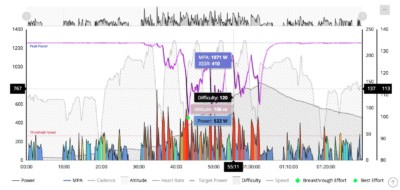
The first step in using Xert is one of discovery. This is the same for everyone, including myself when I first discovered the principles behind Xert and what I found most fascinating. You begin to understand your own abilities and how and why you performed the way you did in the past. You also come to understand how the algorithms can explain this using the concept of MPA. Rather than simply training or riding and expecting to in general improve, you get to see with precision how you changed in the past. It may take you having to learn some new concepts to appreciate this too but those that get into using Xert have a deeper appreciation and understanding of themselves as athletes than ever before.
 As you learn about the new concepts and examine your own data, you begin to understand what it takes to improve. It actually becomes very clear where your strengths and weaknesses are and what training you’ll need to do to improve your fitness. For Xerters, it’s not just about improving their FTP but about improving many aspects of their ability to perform – from increasing Peak Power or High Intensity Energy or focusing on your performance as a Breakaway Specialist. Sometimes it’s about being able to handle events of greater length by improving Lower Threshold Power. For others its about dealing with repeated hard efforts such as in a criterium by improving their ability to handle greater Difficulty Scores. As it was for me, seeing the relationship between my own training and the changes in fitness is a huge confidence boost and motivator for training. You know what’s going to happen. Xerters know that if they train in a certain way, their ability to perform will improve and they can track it.
As you learn about the new concepts and examine your own data, you begin to understand what it takes to improve. It actually becomes very clear where your strengths and weaknesses are and what training you’ll need to do to improve your fitness. For Xerters, it’s not just about improving their FTP but about improving many aspects of their ability to perform – from increasing Peak Power or High Intensity Energy or focusing on your performance as a Breakaway Specialist. Sometimes it’s about being able to handle events of greater length by improving Lower Threshold Power. For others its about dealing with repeated hard efforts such as in a criterium by improving their ability to handle greater Difficulty Scores. As it was for me, seeing the relationship between my own training and the changes in fitness is a huge confidence boost and motivator for training. You know what’s going to happen. Xerters know that if they train in a certain way, their ability to perform will improve and they can track it.
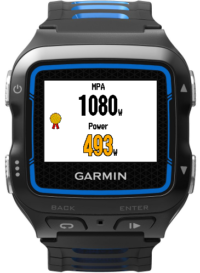 Using these new concepts to help you perform in real-time is the remaining piece of the puzzle. In many ways, this is the fun part of Xert, I believe. You get to witness first hand your own body attempting to perform and watch things play out in front of you, either in a workout player or on your Garmin computer. You get positive reinforcement by using information like Focus and XSS that demonstrate how you well you are executing your training towards your goals. There is a sense of accomplishment when you managed to go beyond MPA and get a breakthrough during your ride (and sometimes the disappointment of seeing fakethrough after it’s analyzed – yeah I hate that too! ..but it’s all part of the discovery process). Performing smart workouts with Xert is different too. They are both harder and easier at the same time. You get a sense that you couldn’t have done any more but you managed to complete it. Training with the Xert means that you have greater awareness of the precise intervals you can perform and the degree to which you can withstand repeated efforts. This allows you to find or even create your own workouts that are ideal for your training and that you can complete – without the need for trial-and-error or complex/expensive testing protocols as was common in the past.
Using these new concepts to help you perform in real-time is the remaining piece of the puzzle. In many ways, this is the fun part of Xert, I believe. You get to witness first hand your own body attempting to perform and watch things play out in front of you, either in a workout player or on your Garmin computer. You get positive reinforcement by using information like Focus and XSS that demonstrate how you well you are executing your training towards your goals. There is a sense of accomplishment when you managed to go beyond MPA and get a breakthrough during your ride (and sometimes the disappointment of seeing fakethrough after it’s analyzed – yeah I hate that too! ..but it’s all part of the discovery process). Performing smart workouts with Xert is different too. They are both harder and easier at the same time. You get a sense that you couldn’t have done any more but you managed to complete it. Training with the Xert means that you have greater awareness of the precise intervals you can perform and the degree to which you can withstand repeated efforts. This allows you to find or even create your own workouts that are ideal for your training and that you can complete – without the need for trial-and-error or complex/expensive testing protocols as was common in the past.
Thanks to all of you that are using Xert and I hope that it helps you shoot for the stars.
Armando Mastracci
Founder, Xert
